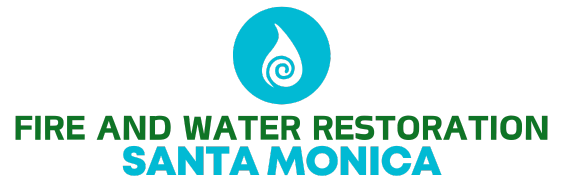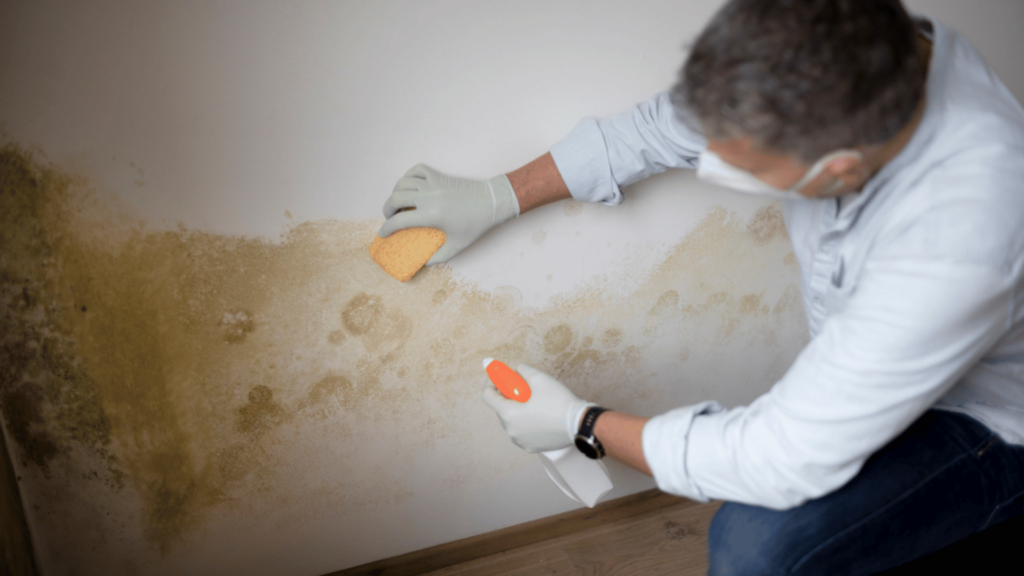Fire and water damage are among the most devastating events a property owner can face. They can happen suddenly—whether from a kitchen fire, burst pipe, heavy storm, or appliance leak—and leave behind chaos that needs to be handled quickly and carefully. Knowing what to do in the crucial hours and days afterward can make a world of difference in restoring your space and reducing long-term impact. Here’s a step-by-step guide to help you recover with confidence.
Put Safety First
Before anything else, make sure the area is safe. If there’s fire or smoke, wait for emergency personnel to declare the building secure. If water damage has occurred, be on the lookout for electrical hazards—don’t enter flooded spaces until the power has been turned off. Watch out for slippery floors, falling debris, and other hazards, and don’t take any risks. Safety should always come before salvaging belongings.
Call for Help
Reach out to emergency services if the situation is dangerous or ongoing. For fire damage, fire departments can ensure no hidden hot spots remain. For major water leaks or flooding, you may need to shut off your water supply or call the local utility provider. Once the immediate danger has passed, contact a professional restoration company. Many offer 24/7 emergency services and can begin cleanup quickly to prevent further damage.
Document the Damage
Before cleanup begins, take detailed photos and videos of the affected areas. Capture damage to floors, walls, furniture, electronics, appliances, and personal items. Don’t throw anything away just yet—your insurance provider will want to see evidence of the loss. Keeping a written list of damaged items can also help strengthen your insurance claim.
Contact Your Insurance Company
The sooner you inform your insurance provider, the sooner your claim can be processed. Most homeowners and renters insurance policies cover fire and water damage, but coverage can vary. Your insurance representative can walk you through what’s included in your policy and may recommend trusted restoration specialists in your area. Make sure to keep a record of all conversations and submit all required documentation on time.
Start Drying and Cleaning Up
When dealing with water damage, time is critical. Mold can start growing within 24 to 48 hours. Use towels, buckets, wet/dry vacuums, and dehumidifiers to remove as much moisture as possible. Open windows and run fans to speed up the drying process. In the case of fire damage, soot and ash can be harmful to breathe in, so consider wearing protective gear. Avoid scrubbing smoke-damaged surfaces until a professional assesses them.
Prevent Additional Damage
Take temporary steps to secure your property. Board up broken windows and doors, place tarps over roof holes, and block off unsafe areas. Remove valuables and important documents from the damaged space if it’s safe to do so. Unplug electronics and lift furniture off damp floors to minimize further harm. Any action you can take to protect your property will help prevent added losses.
Hire Professionals for Restoration
Even minor fire or water damage can hide deeper problems. Professional restoration teams use specialized equipment to clean, sanitize, and dry out spaces properly. They can detect moisture hidden behind walls, handle mold safely, and restore smoke-damaged surfaces. Restoration pros also understand how to work with insurance companies, which can reduce your stress and speed up the claim process.
Watch for Mold and Residue
Even after cleanup, mold can be a lingering problem. If you smell musty odors or see discolored spots, don’t ignore them—mold can grow in walls, ceilings, carpets, and even furniture. For fire damage, be aware that smoke residue can cling to surfaces and cause long-term respiratory problems if not fully removed. If you’re unsure, ask your restoration company to do a thorough check.
Inspect for Structural Damage
Fires and floods can weaken the structure of a home or building in ways that aren’t obvious at first glance. Cracked walls, warped flooring, or sagging ceilings might signal deeper issues. Before starting major repairs or renovations, have a licensed contractor or structural engineer inspect the property to ensure it’s safe to proceed.
Take Care of Your Well-Being
Dealing with property damage is emotionally draining. It can feel like everything you’ve built has been turned upside down. Don’t forget to care for yourself and your family during this time. Lean on friends, neighbors, or support services if needed. Stress, anxiety, and grief are natural reactions—talking to someone can help.
Plan for the Future
Once recovery is underway, take steps to better protect your home. Install smoke detectors and water sensors in key areas. Keep a fire extinguisher in the kitchen. Store valuables and important documents in waterproof and fireproof containers. Review your insurance policy and consider any upgrades you may need for better protection in the future.
Fire or water damage is never easy to face, but having a clear plan can ease the burden. With quick action, expert help, and a steady mindset, recovery is absolutely possible. You can rebuild your space, restore your peace of mind, and come back even stronger than before.

